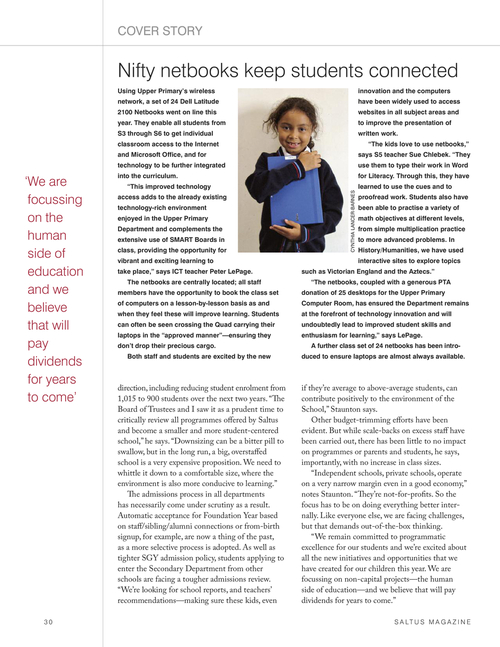- Page 1
- Page 2
- Page 3
- Page 4
- Page 5
- Page 6
- Page 7
- Page 8
- Page 9
- Page 10
- Page 11
- Page 12
- Page 13
- Page 14
- Page 15
- Page 16
- Page 17
- Page 18
- Page 19
- Page 20
- Page 21
- Page 22
- Page 23
- Page 24
- Page 25
- Page 26
- Page 27
- Page 28
- Page 29
- Page 30
- Page 31
- Page 32
- Page 33
- Page 34
- Page 35
- Page 36
- Page 37
- Page 38
- Page 39
- Page 40
- Page 41
- Page 42
- Page 43
- Page 44
- Page 45
- Page 46
- Page 47
- Page 48
- Flash version
© UniFlip.com
- Page 2
- Page 3
- Page 4
- Page 5
- Page 6
- Page 7
- Page 8
- Page 9
- Page 10
- Page 11
- Page 12
- Page 13
- Page 14
- Page 15
- Page 16
- Page 17
- Page 18
- Page 19
- Page 20
- Page 21
- Page 22
- Page 23
- Page 24
- Page 25
- Page 26
- Page 27
- Page 28
- Page 29
- Page 30
- Page 31
- Page 32
- Page 33
- Page 34
- Page 35
- Page 36
- Page 37
- Page 38
- Page 39
- Page 40
- Page 41
- Page 42
- Page 43
- Page 44
- Page 45
- Page 46
- Page 47
- Page 48
- Flash version
© UniFlip.com

COVER STORY
Nifty netbooks keep students connected
Using Upper Primary’s wireless network, a set of 24 Dell Latitude 2100 Netbooks went on line this year. They enable all students from S3 through S6 to get individual classroom access to the Internet and Microsoft Office, and for technology to be further integrated into the curriculum. “This improved technology access adds to the already existing technology-rich environment enjoyed in the Upper Primary Department and complements the extensive use of SMART Boards in class, providing the opportunity for vibrant and exciting learning to take place,” says ICT teacher Peter LePage. The netbooks are centrally located; all staff members have the opportunity to book the class set of computers on a lesson-by-lesson basis as and when they feel these will improve learning. Students can often be seen crossing the Quad carrying their laptops in the “approved manner”—ensuring they don’t drop their precious cargo. Both staff and students are excited by the new
CYNTHIA LANCER-BARNES
innovation and the computers have been widely used to access websites in all subject areas and to improve the presentation of written work. “The kids love to use netbooks,” says S5 teacher Sue Chlebek. “They use them to type their work in Word for Literacy. Through this, they have learned to use the cues and to proofread work. Students also have been able to practise a variety of math objectives at different levels, from simple multiplication practice to more advanced problems. In History/Humanities, we have used interactive sites to explore topics such as Victorian England and the Aztecs.” “The netbooks, coupled with a generous PTA donation of 25 desktops for the Upper Primary Computer Room, has ensured the Department remains at the forefront of technology innovation and will undoubtedly lead to improved student skills and enthusiasm for learning,” says LePage. A further class set of 24 netbooks has been introduced to ensure laptops are almost always available.
‘We are focussing on the human side of education and we believe that will pay dividends for years to come’
direction, including reducing student enrolment from 1,015 to 900 students over the next two years. “The Board of Trustees and I saw it as a prudent time to critically review all programmes offered by Saltus and become a smaller and more student-centered school,” he says. “downsizing can be a bitter pill to swallow, but in the long run, a big, overstaffed school is a very expensive proposition. We need to whittle it down to a comfortable size, where the environment is also more conducive to learning.” The admissions process in all departments has necessarily come under scrutiny as a result. Automatic acceptance for Foundation Year based on staff/sibling/alumni connections or from-birth signup, for example, are now a thing of the past, as a more selective process is adopted. As well as tighter SGY admission policy, students applying to enter the Secondary department from other schools are facing a tougher admissions review. “We’re looking for school reports, and teachers’ recommendations—making sure these kids, even
if they’re average to above-average students, can contribute positively to the environment of the School,” Staunton says. Other budget-trimming efforts have been evident. But while scale-backs on excess staff have been carried out, there has been little to no impact on programmes or parents and students, he says, importantly, with no increase in class sizes. “Independent schools, private schools, operate on a very narrow margin even in a good economy,” notes Staunton. “They’re not-for-profits. So the focus has to be on doing everything better internally. Like everyone else, we are facing challenges, but that demands out-of-the-box thinking. “We remain committed to programmatic excellence for our students and we’re excited about all the new initiatives and opportunities that we have created for our children this year. We are focussing on non-capital projects—the human side of education—and we believe that will pay dividends for years to come.”
S A LT U S M A G A Z I N E
30